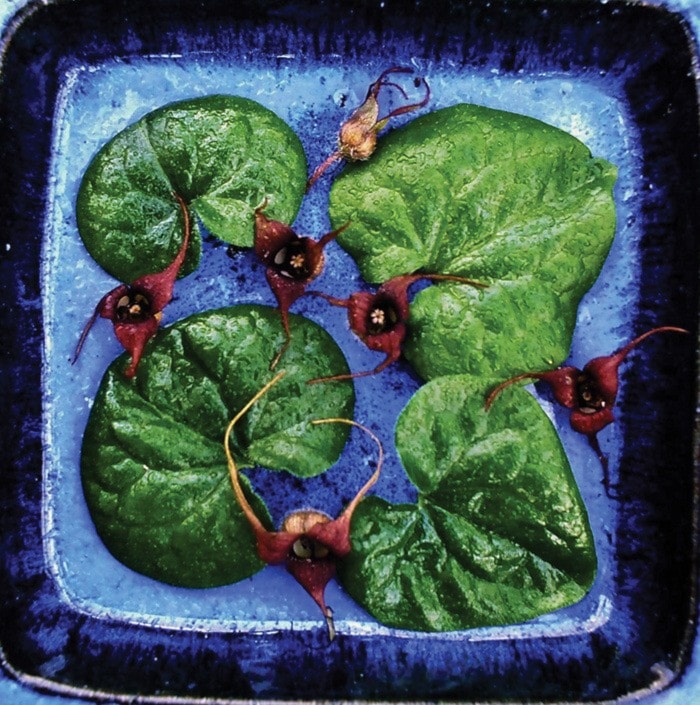Some people are under the mistaken impression that indigenous plants are somehow lacklustre and not as aesthetically pleasing as the traditional ornamental shrubs that are typically found at our local garden centres.
The truth of the matter is that many B.C. native species are highly regarded landscape plants in other parts of the world such as England, where they have been collecting our trees, shrubs and perennials since the Victorian era.
We are just taking the beauty in our own backyards for granted and perhaps not appreciating the additional benefits that indigenous plants bring to our landscapes – such as being perfectly adapted to local weather conditions, providing food and habitat for many bird and animal species, and being a virtual cornucopia of tasty berries for fresh eating and preserves.
If fact, incorporating native species into your garden gives you the best of both worlds, that being the environmentally conscious choice, the lowest plant maintenance and the sheer beauty they provide season after season. So without further delay here are my top B.C. plant picks, along with a brief description of their redeeming qualities.
• Oxalis oregana (Zone 7) – Redwood Sorrel is probably one of the best shade groundcovers out there with delightful shamrock foliage and delicate five-petaled blooms of white, lilac or pale pink that flower spring through summer. This species grows tall (20cm) and dense when well-watered, but stays lower and more sparse in drier soils.
• Vaccinium ovatum (Zone 7) – Evergreen Huckleberry is a handsome species with shiny green foliage that emerges a coppery-red colour in spring. These are followed by delicate pale pink heather bells and very tasty purplish-black berries that are best picked after the first frost. This shrub will grow 60 to 90cm in full sun, but much taller in the shade.
• Ribes sanguineum (Zone 6) – Red-Flowering Currant is a popular flowering shrub that was introduced to Europe by David Douglas. The pendent pink to rose-red blooms are also much sought after by the returning Rufous Hummingbirds. ‘King Edward VII’, ‘Pulborough Scarlet’ and ‘White Icicle’ are popular cultivars of this deciduous species which grows 1.2 to 2.2m high.
• Mahonia nervosa (Zone 6) – The Longleaf Mahonia is a much underused broadleaf evergreen that makes a good tall (45 cm) groundcover in difficult situations, such as under Red Cedar trees. It features green foliage that turns a reddish-purple in winter, fragrant yellow spring to early summer blooms and edible (but tart) dark blue berries.
• Smilacina racemosa (Zone 4) – False Solomon’s Seal (recently renamed Maianthemum racemosum) can grow in deep shade and eventually forms dense colonies from underground rhizomes. It bears creamy-white terminal blooms (atop 60-90 cm stems) from May through to early July, followed by attractive red berries.
• Asarum caudatum (Zone 6) – Western Wild Ginger is a semi-evergreen perennial that likes to grow (to 12 cm high) in the shady acid soils at the base of conifers. It features large rounded leaves (lemon-ginger scented) and bizarre trilobed urn-shaped flowers that are deep maroon in colour. Also, be sure to use a little pet-friendly slug bait around these plants.
• Mahonia aquifolium (Zone 6) – Oregon Grape is a versatile evergreen shrub tolerating everything from full sun (with even soil moisture) to deep shade. The green leaflets resemble English Holly and often pick-up red highlights in the colder weather. Growing 1.2 to 1.5m, they feature bright yellow April to May terminal blooms followed by edible dark blue berries that make a tasty jelly.
• Cornus canadensis (Zone 2) – Bunchberry is a lovely woodland groundcover which is a member of the Dogwood family. The tiny white four-bract flowers are borne in late spring through to early summer – and are followed by red berries. This subshrub (15-20 cm tall) spreads by underground runners and is semi-evergreen here.
• Gaultheria shallon (Zone 6) – Salal is a glossy evergreen shrub or groundcover that tolerates deep shade to full sun. The height is rather variable (I have literally walked through Salal tunnels made by deer) depending on soil conditions or exposure, and it produces white (often pink flushed) urn-shaped flowers followed by sweet (but seedy) dark purplish blue berries.
Soul of a gardener
• I’ve added a new story – Things my Grandmother Taught Me – to my blog at www.soulofagardener.wordpress.com and you can find more indigenous species at www.mikesgardentop5plantpicks.wordpress.com – just click B.C. Native Plants in the tag cloud on the right margin.
Mike Lascelle is a local nursery manager and gardening author (hebe_acer@hotmail.com).
